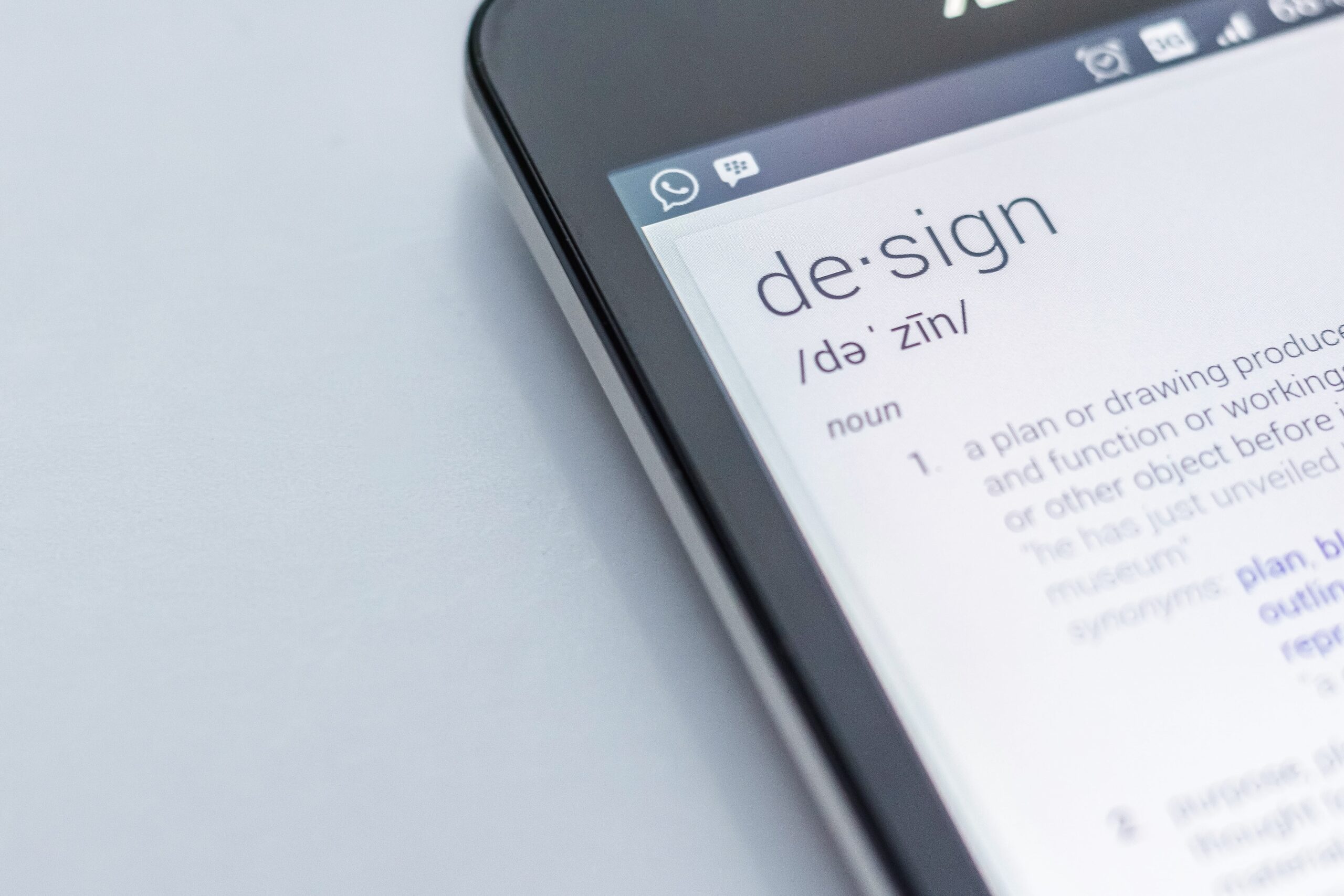Introduction: In the visual tapestry of branding, a well-designed logo serves as the cornerstone, encapsulating the essence of a brand and leaving a lasting impression. Join us as we delve into the fundamentals of logo design, exploring the art and science behind creating memorable, versatile, and impactful brand identities.
Chapter 1: Understanding the Essence of a Brand Before the design process begins, it’s essential to grasp the core values, mission, and personality of the brand. A logo is not merely a graphical element; it is a visual representation of a brand’s identity. Understanding the brand’s ethos ensures that the logo communicates the right message to the target audience.
Chapter 2: Simplicity is Key The mantra of logo design is simplicity. A successful logo is clean, uncluttered, and easily recognizable. Think of iconic logos like Apple or Nike—stripped down to essential elements, making them instantly identifiable. A simple logo is versatile, making it effective across various mediums and sizes.
Chapter 3: Versatility in Design Versatility is a hallmark of effective logo design. A well-crafted logo should look great on a business card, a website, a billboard, or even a promotional pen. Ensuring scalability and adaptability guarantees that the logo maintains its visual impact across diverse platforms and applications.
Chapter 4: Color Psychology and Palette Selection Colors evoke emotions and convey messages, making them powerful tools in logo design. Understanding color psychology helps designers choose a palette that aligns with the brand’s personality. Whether it’s the bold red of Coca-Cola or the calming blue of Facebook, colors play a crucial role in shaping brand perception.
Chapter 5: Typography Matters If a logo incorporates text, the choice of typography is pivotal. Fonts convey a brand’s tone and personality—be it modern, traditional, or playful. The interplay between text and visual elements should be harmonious, ensuring readability and aesthetic appeal.
Chapter 6: Originality and Timelessness A memorable logo is often synonymous with originality. While trends come and go, a timeless design endures. Strive to create a logo that remains relevant and fresh over the years, avoiding design elements that might quickly become dated.
Chapter 7: Balance and Proportion Achieving a sense of balance and proportion is fundamental in logo design. Elements should be harmoniously arranged to create visual equilibrium, ensuring that no single aspect overwhelms the others. This balance contributes to a cohesive and aesthetically pleasing design.
Chapter 8: Testing and Gathering Feedback Once a logo design is crafted, it’s crucial to test its impact. Soliciting feedback from stakeholders or target audiences provides valuable insights. A well-received logo resonates with the intended audience and effectively communicates the brand’s identity.
Conclusion: The Art and Legacy of Logo Design In the ever-evolving landscape of branding, the art of logo design stands as a testament to a brand’s visual legacy. A well-designed logo is a beacon, guiding consumers to connect with a brand on a deeper level. As businesses strive to make their mark in the world, the basics of logo design serve as the compass, ensuring that the visual identity they create is not just a design but a symbol that speaks volumes about who they are.

